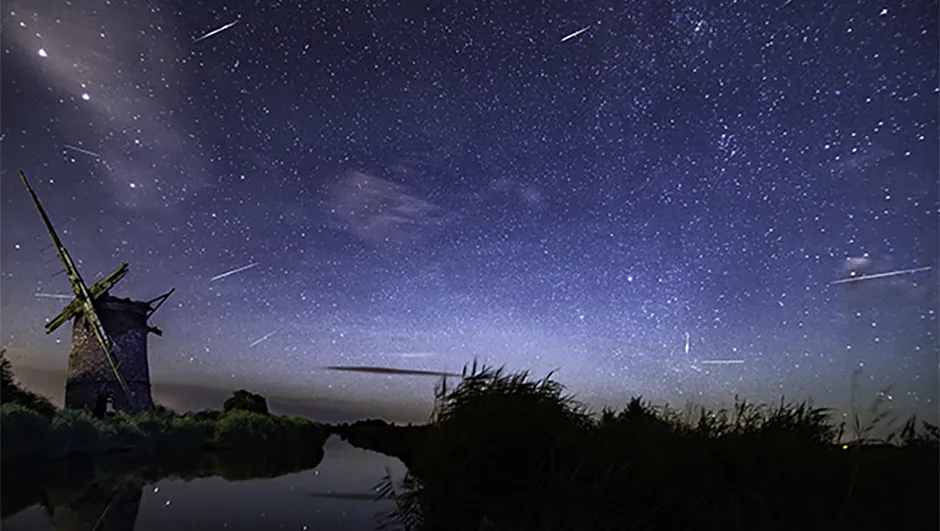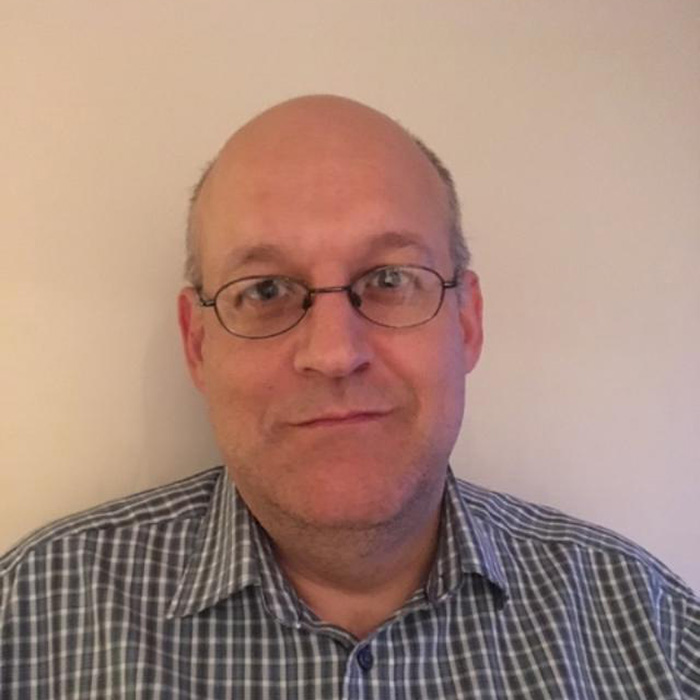Like the alignment of bodies for an eclipse, the astronomer relies on several factors for a productive observing session.
Clear skies, a general purpose for the session, and confirmed instrument of choice plus accruements.
Also, most crucially, an observing site, but beware as sometimes all is not what it seems!
I often encourage new starters in astronomy to make a decent reconnaissance of any intended site from which to observe.
If possible, not outside the kitchen window with the blinds down, which is undoubtedly convenient unless you reside in a block of flats with no balcony, but ultimately impracticable given the close proximity of the biscuit tin and tea/coffee making facilities.
As the former Campaign for Dark Skies local officer for Gwent, and without ever having felt the need to shout “put that light out!” as Mr Hodges did so in Dad’s Army, one crucial aspect your observing site must incorporate is a viewpoint that is as free from all forms of artificial lighting as possible.
Granted, in more built-up areas this can be a challenge, but the benefits of finding substantially darkened skies are noticeable, with much fainter stars and objects becoming more readily defined.
Even if finding one particular potential site means surrendering one of your horizons like Sir Patrick Moore’s ‘Aurora Bognor Regis’ horizon, then do so, and make provisions to find another spot should something of note appear in the horizon that has been barred by this choice.
For example, if you've a poor southern aspect at one site, then try to find a site that affords you a better southern aspect at another site, even if the second site has a poor northern horizon.
Try to strike a balance!

It is always preferable to gain some height, and here in Wales as with other mountainous regions, it isn’t long before gaining altitude affords a greater and more pleasing panoramic view of the skies.
Once again, this option is not open to all and even if it were, it’s pointless if you have no way of reaching a mountain top, and without transport, I’d be the first to admit that I am not in the same league as Sir Ranulph Fiennes.
Having found a suitable place away from house and street lighting with the best view possible of the sky, the reason for the recce will become apparent over time as you reap the rewards of having taken the effort to find such a site.
However, beware the darkness!
All may seem fine in broad daylight, but once the Sun has dipped below the horizon, strange things seem to happen to the landscape and surroundings, as your perfect observing site now resembles something more akin to Wookey Hole.
It appears as if someone has visited your site since you were last there and moved everything around, and even by torchlight, a path that once led your way seems fraught with peril.
However, with determination and perseverance on your side, once you’ve settled yourself down, the first task is to make sure that you now switch from the bright white beam of your torch to one that is red, like the old-style rear bicycle lamps.
This will allow you maintain dark adaption as you visually tune in to your surroundings.
It can take in excess of thirty minutes to fully adjust, so bide your time.
Fortunately, the rural countryside of Monmouthshire extends a great expanse of possibilities for observation sites.
One such site - now sadly built upon by a housing development - was a large field at the back of my parent’s house.
No need for a reconnaissance, just a nod of permission from the landowner, a local farmer, and then a hop and a skip over the stile and I was in the field, ready to set up and observe.
However, even this gift of an observing site managed to cause issues.
The key word here is farmland, and what with the field being intermittently used by cows, sheep and horses, there was the totally overlooked additional feature of ‘pats’.
I had made my way deep into the field before this dawned upon me, and let’s just say I realised all too late!
Fellow astronomers, make a good job of finding some good, clean observing sites, and they should serve you well for years to come.
